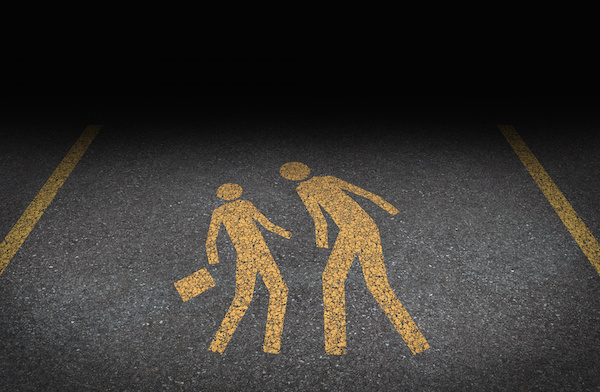
THURSDAY, Jan. 17 (HealthDay News) — People who suffer from frequent migraines are stigmatized in much the same way as people with epilepsy are, new research suggests.
“This study is providing evidence for what we all sort of knew was the case,” said Dr. Noah Rosen, director of the Headache Center at the Cushing Neuroscience Institute at North Shore-LIJ Health System, in Manhasset, N.Y. He was not involved in the research.
Not only are migraine patients stigmatized, but so is the condition itself in terms of getting research money, Rosen noted. “It’s not getting the recognition it really should, given the prevalence and disability associated with it,” he said.
Migraine pain and symptoms affect 29.5 million Americans, according to the U.S. Department of Health and Human Services.
Rosen believes that because migraine — which causes a combination of severe headache, nausea, light sensitivity and other factors — affects patients’ work and social lives, the people around them stigmatize them as unreliable.
“Migraine is a disease morbidity, not mortality,” Rosen said. “That’s why it doesn’t get the respect that it really requires.”
Moreover, people who can’t feel the pain a migraine sufferer is going through can’t appreciate how debilitating it can be, Rosen added.
Rosen believes that family and coworkers of people with migraine need to be educated about the condition. In addition, workplaces may need to be altered to remove things that can trigger a migraine, he suggested.
These triggers include stress and poor environmental conditions, which can be changed to reduce the likelihood of setting off a migraine, Rosen explained.
In a statement from the Thomas Jefferson University Hospital’s Headache Center in Philadelphia, study author and neurologist Dr. William Young, said: “I don’t think people realize that it is not unusual for people with migraine to have severe headaches every day — to be so disabled that they are unable to work. This is what causes the stigma — the fact that people with severe migraine may not be able to work.”
And, Young added, “When people treat my patients as if they are to blame because they have a severe, debilitating disease, they are contributing to the problem and making life harder for them.”
The study, by Young and colleagues at Thomas Jefferson and Rutgers University, was published online Jan. 16 in the journal PloS One.
To see how people with migraine were treated, Young’s team collected data on 123 people with episodic migraine (defined as 14 or fewer headaches per month), 123 people with chronic migraine (more than 14 headaches per month with eight meeting the criteria for migraine), and 62 people with epilepsy. To evaluate these participants, the researchers used a so-called stigma scale for chronic illness.
Epilepsy patients were chosen for comparison because their condition, which can cause seizures, is known to carry a stigma for many people, the researchers noted.
The investigators found that people with chronic migraine scored significantly higher on the stigma score (54) than those with episodic migraine (42) and even higher than those with epilepsy (45).
Adjusting the scores for other factors, Young and colleagues found the score roughly equal for people with epilepsy and chronic migraine, while the scores for those with episodic migraine were much lower.
People with chronic migraine tended to miss more days of work than those with epilepsy. Many with migraine need bed rest during the day of the migraine, which can occurr several times during the month, the researchers noted.
As Rosen pointed out, migraine is often considered “just a headache,” not a major health problem.
In Young’s clinic, however, 25 percent of migraine patients cannot hold a job because of the disease and many more suffer severe headaches almost every day, he pointed out. Severe depression and even suicidal thoughts are common among patients with chronic migraine, he added.
More information
For more on migraine, visit the U.S. National Library of Medicine.

